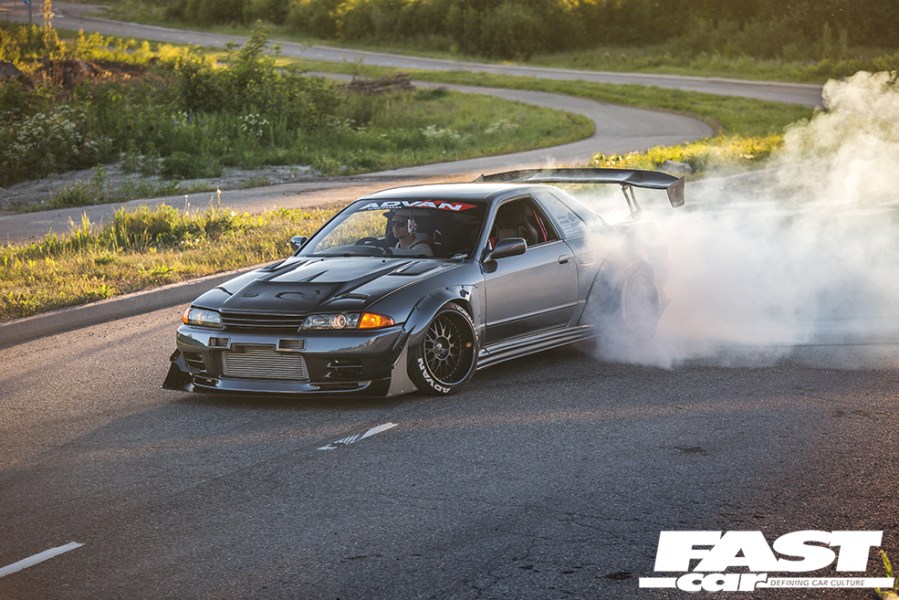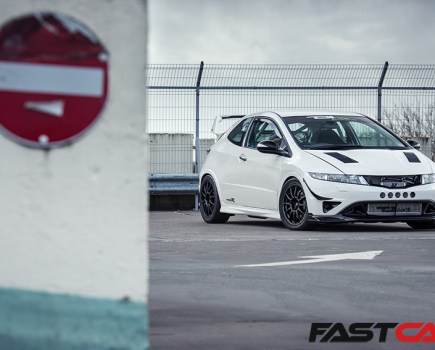Known for their modifying prowess, we take a look at the Nissan Skyline GT-R tuning fails you should avoid to ensure it lives a long and happy life.
Whichever generation of Nissan Skyline GT-R you own, all are known for their potential when modified. With the potent twin-turbocharged 2.6-litre, straight-six RB26DETT engine offering power figures well into four figures if tuned properly, coupled to an advanced four wheel drive chassis, it can handle pretty much anything that’s thrown at it. Which is why GT-R tuning is so popular.
Along with numerous motorsport victories and a place as the tuner car of choice in pop-culture, this reputation has made the Skyline moniker a legend among petrolheads. But as much as we love them, no car is totally bulletproof, especially when mistakes are made when modifying away from how the factory intended, so we’ve compiled a list of the most common tuning fails that could be limiting the life of your Skyline, so you can still enjoy tuning your car, but hopefully avoid some expensive pitfalls along the way. These are the biggest Nissan Skyline GT-R tuning fails you should avoid.
Irregular servicing
When a car is standard, the manufacturer advises that you stick to a strict servicing and maintenance schedule to ensure the car stays in tip top condition. This schedule is fine for standard cars, used in the manner the manufacturer intended, but when you start tuning your car – and using this increased performance hard on track for example – you place much greater stresses on the components, often reducing their serviceable lifespan. This amplifies the importance of servicing and maintenance, with many specialists recommending shorter intervals between servicing when a car is tuned or regularly used to its full potential.
Unfortunately, many owners that try and stretch this interval to save money, could be in for a shock, as the resulting damage that can occur through little more than a slack approach to servicing, can easily far outweigh the cost of keeping on top of things. Obviously, if you are competent with the spanners and know what you are doing, servicing can often be completed at home, however, the additional peace-of-mind that comes from knowing your car has been inspected and serviced by a knowledgeable specialist, is often well worth the additional outlay.
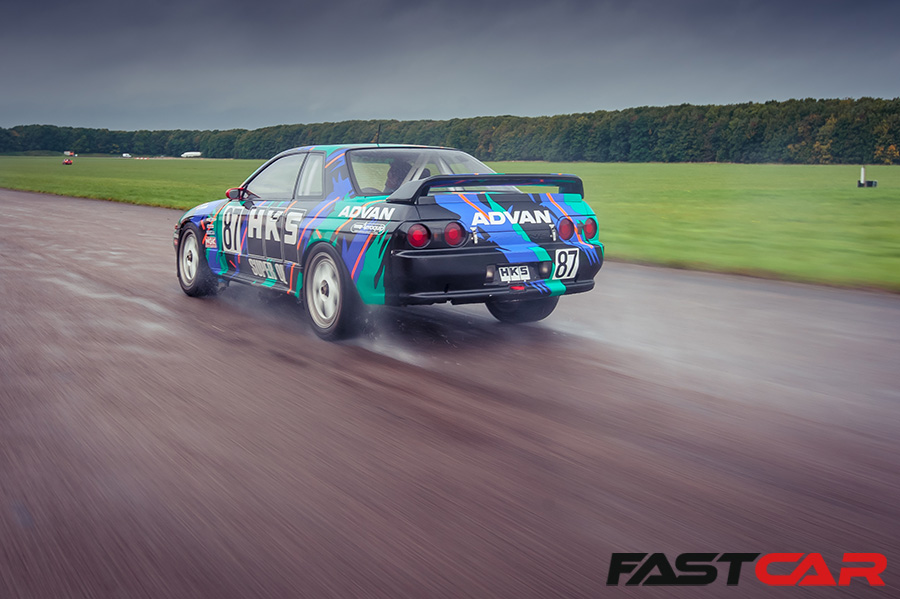
HKS Skyline GT-R R32 racer
Chasing power without control
Four figure engine outputs are all well and good, but will be completely wasted if you can’t put that power to the ground effectively. This means ensuring all the components in the transmission and drivetrain can cope with the huge amount of torque and power that you are putting through them. This includes everything from the clutch to the gearbox, the driveshafts to the differentials and finally to the tires themselves, which may well be the most important part of the equation, as even if the rest of the car is up to scratch, that power will be wasted without the grip needed to transfer it into forward motion at the tarmac.
And it’s not just engine power that will be wasted with poor quality rubber, as the stopping ability from a big brake setup will also be negated if your tires just lock up when you brake hard, so it’s crucial to consider how you will control any big power increases, before chasing big figures on the dyno.
Poor engine mapping
Cranking up the turbos to produce more boost pressure tends to mean a lot more power, but without the corresponding extra fuel and possibly ignition timing adjustments, an engine may last only a matter of seconds before either a piston or head gasket fails. While some cars have ECUs that can self-adjust slightly for small increases in boost with little danger, overall you’re risking a massive repair bill by increasing boost pressure without having the car’s ECU remapped to suit. It’s one of the biggest tuning fails we see with not only the Nissan Skyline GT-R, but any forced induction car.
This is not a job for a novice spanner-man, as you will need a laptop with the correct software, plus the requisite knowledge to work it, to even get started, let alone produce an engine map that will produce safe, reliable power gains. This is why you should research a tuner that has proven experience in mapping Skylines and let them carry out any mapping for you, as experts say one of the leading causes of engine issues with the Nissan Skyline can be traced back to poor quality mapping. Depending on what you want to achieve from the car and the power levels you are aiming for, your chosen tuner should be able to advise you whether the car’s stock ECU can be mapped to suit or whether you will need to upgrade to a piggyback item or a full standalone ECU.
Need more advice on ECUs and remapping? Head over to our ECU guide.
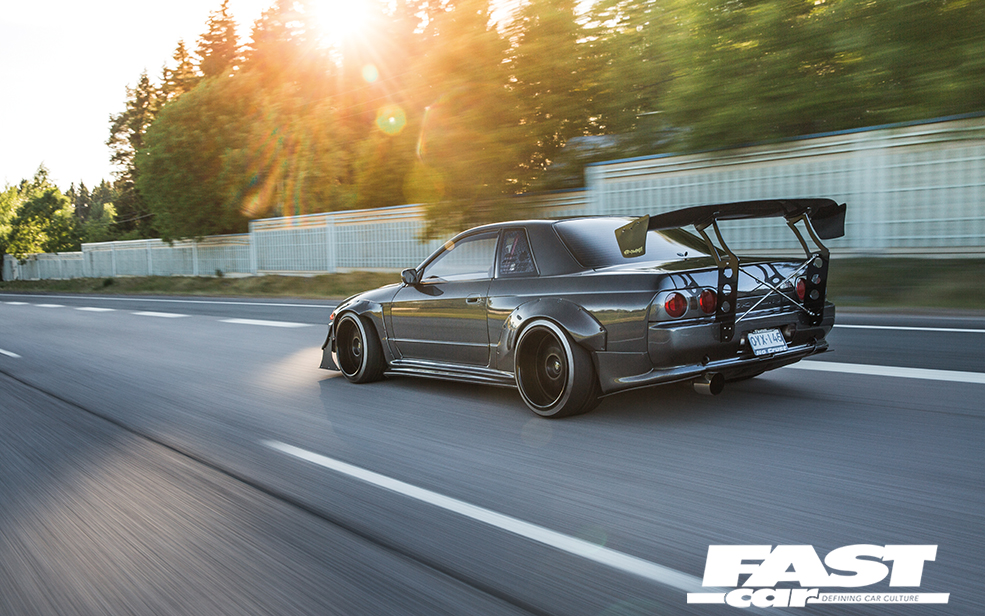
Making irreversible modifications
As car modifiers, a big part of why we do what we do to our cars is to make them more unique and personal to ourselves. This can take on many forms, from engine tuning, to suspension tweaks to what set of wheels we want to run. But with the stratospheric price of Skylines continuing to climb, and the very best prices often being commanded by factory standard examples, having the ability to return your car back to standard if you wanted to sell it, could be a wise way to protect your investment.
That’s not to say we advise against personalizing, or modifying your Skyline any way you choose, as we’re all about making things individual, but just bear in mind whether the mods you make might end up limiting the car’s appeal to a wider audience if you ever want to sell it. This means bolt-on upgrades that can be easily removed could be a better bet in the long run than things like wild bodykits, complex multi-media audio installs or lairy paint-jobs, that would be much harder to reverse if you decided to further down the line. It might take some of the fun out of things, but it’s something that’s worth thinking about before you pull the trigger.
Lacking mechanical sympathy
Having some mechanical sympathy for your car is an attribute that will serve you well whatever car you own, but with high performance cars such as Nissan Skylines, especially some of the older variants that are over 30 years old now, it is even more crucial if you want your car to stay reliable and trouble-free. If you’ve never heard the term before, it is basically driving your car with consideration to its mechanical components.
This can include everything from allowing the engine oil to reach operating temperature before using high revs or putting it under heavy loads, to shifting at the right time without banging it into gear, or not overly slipping or dropping the clutch which can cause unnecessary wear and shock loading. Even things like driving your car conservatively for a while after a bout of hard use to allow components to cool down gently before you turn off the ignition can radically increase your car’s reliability in the long run.
Fitting poor quality parts
When it comes to buying tuning parts for your Nissan Skyline, you will soon find out that it’s often far from cheap, after all, the term GT-R tax is a very real thing, but there is also a very good reason why most tuners will advise against skimping on parts. Genuine parts from well known tuning brands have often been developed with countless hours of research, testing and development and are a tried and tested method that does the job it is designed to do.
And while many of the inexpensive parts that you can find on the internet may seem like a bargain, they are often merely cheaply produced copies of established items that can lack the performance, ease of fitment or longevity of original parts, occasionally leading to problems which can be much more expensive to rectify than if you had just bought the right original part in the first place. As the saying goes: buy cheap, buy twice. These tuning fails don’t just relate to the Nissan Skyline GT-R either, we’ve seen the same with any and all other makes.
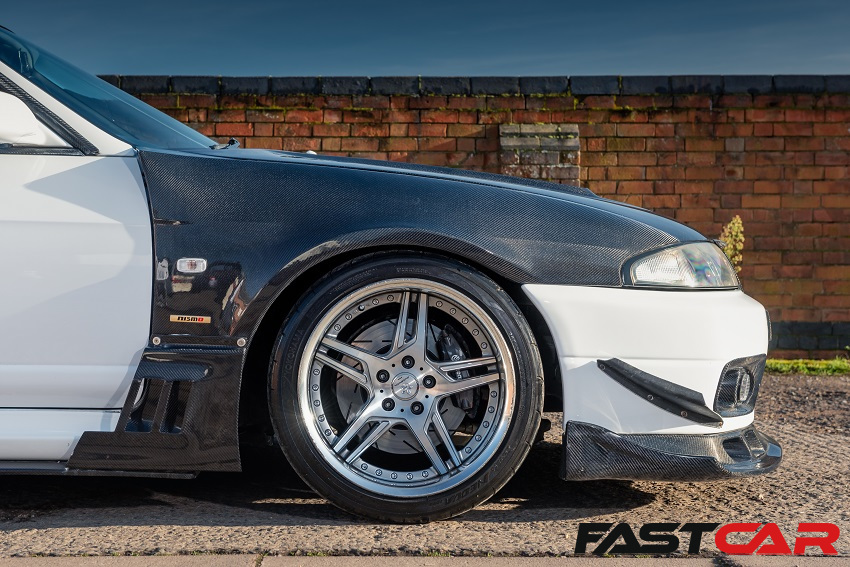
R33 GT-R with upgraded brakes for extra stopping power.
Ignoring the weakest links
From an engine tuning point of view, an engine is only as powerful as its biggest restriction or weak point. For example, you can have the biggest turbo in the world, but if your fuel system can’t flow enough, or the exhaust isn’t big enough, or even the head ports or manifolds can’t flow enough, the power potential will never be realized. This is the same when it comes to the physical strength of parts and how much abuse they can take before they break or fail. For example, an increase in boost pressure may be fine for the transmission to handle, but may cause the head gasket to fail. For this reason, any tuning plans you have must take into account the whole package to ensure you are eliminating any potential weak points or restrictions before you begin adding extra power.
Our guide on how to tune the RB26DETT engine will help you increase power levels without bowing it up.
Doing mods in the wrong order
Following on from our advice in number eight, making a detailed plan of action when it comes to modifications can save you a lot of time and money in the long run. This will not only mean that you can reduce any weak points or restrictions before they become a problem, but also but planning out the order of the work, you can hopefully keep labor costs to a minimum if you can avoid doing the same job more than once. For example, removing a gearbox to fit an uprated clutch, only to remove it soon after to fit a lightweight flywheel, and once again to fit a limited slip differential.
The cost of the components might look like a big outlay to do all three modifications at the same time, but the fact is it will be much cheaper overall, as you will only have to pay to have the gearbox removed and reinstalled once, rather than three times, so a little forward planning with both your finances and the sequence you fit your mods can reap big rewards.
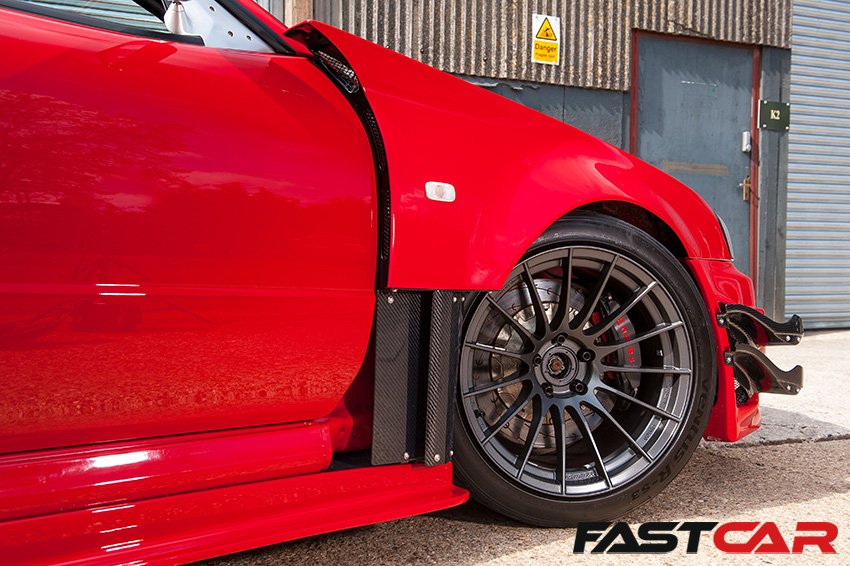
This R34 GT-R was set up to take on Tsukuba circuit in Japan.
Bad wheel alignment
Nissan Skyline’s are known for their advanced ATTESA E-TS four-wheel-drive system that gives otherworldly cornering ability, however, even the best transmission and suspension can be ruined with poor alignment geometry and the Skyline is no different. If you have uprated the standard shocks and springs with aftermarket coilovers and have altered the car’s ride height, then you should definitely follow this up with a professional alignment session to make sure everything is pointing the way it should for optimal performance, or to tailor the car’s handling characteristics to your own taste.
As many Nissan Skyline GT-R models are now well over 20 years old now, you may need to consider upgrading the bushes too, as if it still has the factory rubber items, there is a good chance they will be perished or at least well past their best. This can compromise the good work done at the alignment stage.
Check out our wheel alignment guide for more advice.
Forgetting about cooling
Similar to how a restrictive exhaust system can strangle your power gains, forgetting to uprate the Skyline’s complex cooling systems can also see reduced performance as well as increase the potential for costly damage if components start to overheat. An intercooler upgrade is an essential modification to allow more boost to flow as well as keep the charged air cool, while an uprated radiator will improve coolant temperatures. On highly tuned examples, it is recommended to fit an additional oil cooler to reduce keep the oil temperature at a minimum, even when used hard on the road or track. Overheating can be one of the more expensive Nissan Skyline GT-R tuning fails, so keep on top of it.
For more information about cooling, visit our guide on how to keep your car cool.
Ok, so, now that you know what not to do, you might be wondering what you *should* do instead. Well, luckily we’ve compiled the latest GT-R tuning trends in one place just for you.
Words: Dan Sherwood.

